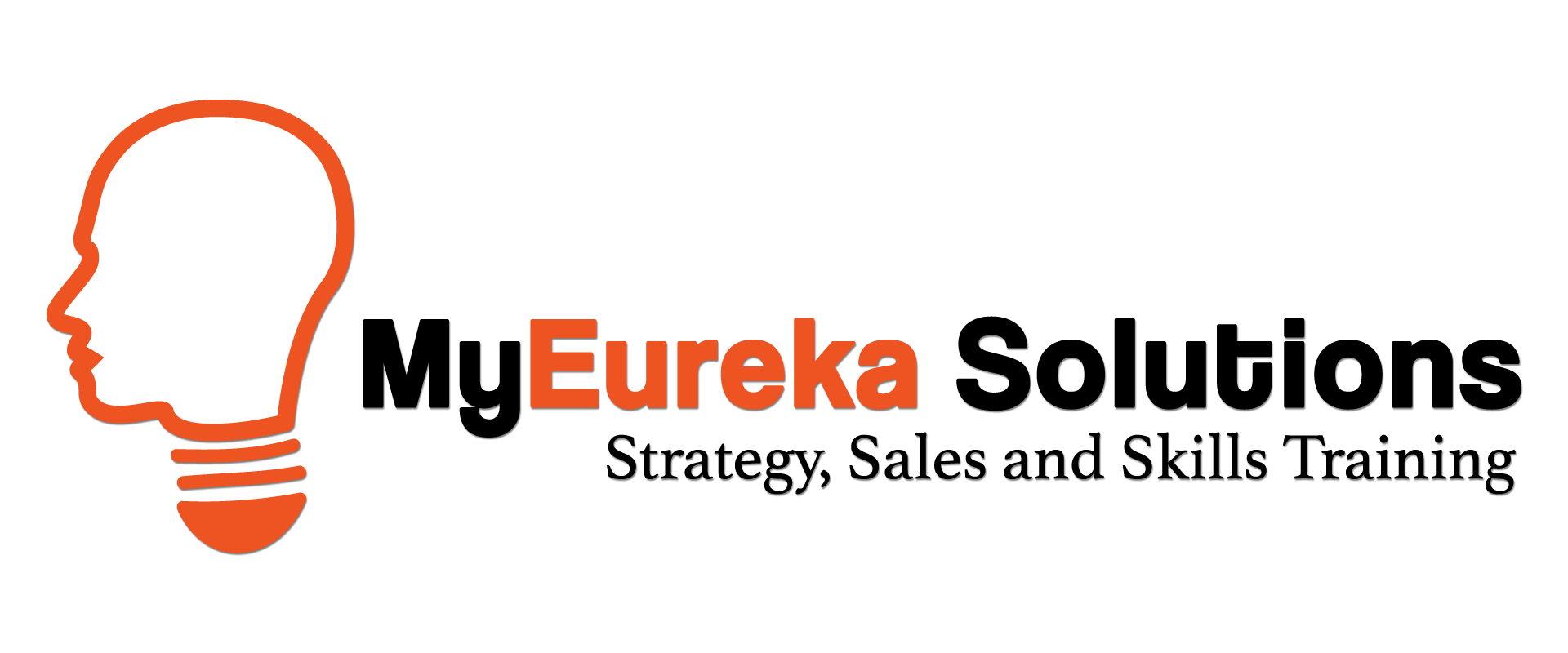There’s No “I” in Problem…Or is there?


For anyone who manages business, whether it is a hundred employees or your own solo tasks, the responsibility is summed up in three parts: First is figuring out what to do to profit, second is diagnosing whatever problems come along to interfere with the first, and finally is doing the doing for either the first or the second thing. It is the doing of tasks, following required behaviors that gets us to our goals and problems along the way, be they mild bumps or major hurdles, are inevitable so problem solving is a critical part of our success formula. Unfortunately, we are far more inclined to look outside ourselves for cures as a reflex rather than risk dealing with some undesirable realization or recognition of part of ourselves that may be more part of the problem than we care to discover or admit. There’s no “I” in problem, but go beyond the spelling and there may be.
Much of the Business Therapy™ I do involves outlining what behaviors need to be done, how often, and how they can be most effectively performed, measured and continuously improved. Often the call comes because there is a believed known problem where solution help is sought. To get business plenty of consultants offer free diagnoses to find and assess problem areas and then hopefully engage with paid solutions. I’ve often told clients if you don’t know what your problem is you may need more help than a consultant can provide. But sometimes the problem on the branches of the tree are caused by the roots.
Most conversations about problems are usually about obstacles, be it a high level view of process sub-optimization or it may seem more localized with a lack of skill or training in mastering the tasks that need to be performed so investment in corrective steps follows. What is too often overlooked, or underplayed, in the assessment of problems is what the one with the problem might find with a long, healthy look in the mirror. But who has honest mirrors these days?
Business problems are too often treated with the traditional triage approach of Western medicine. We look at the symptoms and implement “solutions” to counter and avoid them. The positive of this is that changing behavior and prompting intelligent conversation about challenges and solutions can often find noticeable improvements and get the ball rolling faster, better, cheaper…and isn’t that usually the point?
Today, better Western medicine approaches incorporate the Eastern paradigm. Example: You have diabetes, the cause is diagnosed as diet, stress and genetics. The prescription is medication, exercise and changes to what you eat and drink. Does it work? Sure, it can. The missing diagnostic, the focus of Eastern analysis is why did this occur in the first place. How does the way you feel about yourself or others or the world dictate what you eat and drink? Why do you experience certain things as unhealthy stress and how does that manifest in behavior? In short, it is about putting the “I” before any “it.”
If you want something to be different in your business, whether it is a process problem, an employee’s performance or any other kind of external obstacle it makes sense to have a deeper introspection before the external inspection, as frightening as that might seem. A band-aid and aspirin are quick, agreeable treatments but there’s a reason they both come packed with many to the box and bottle. You have to look honestly inside yourself, at your actions, thoughts and feelings to understand how you got there–and how to stay away. For a process issue it may be that the requirements you’ve set out as necessary for you promoted the growth of a problem. For an employee it may be as basic as why you hired, or keep, that person. While it’s normal to try and change things it’s a thousand times harder to try and change people, ourselves especially, but that change can be dynamic rather than incremental.
By honestly looking first at yourself you can identify causal links and find motivation for making lasting improvements–it flows downhill from the top (brain to body and boss to actions)! When first we are open with ourselves and view that openness as opportunity for positive change rather than guilty condemnation we create an attitude primed for holistic personal and business growth. The next time you are looking out to fix your problems it might make sense to first understand why they came to be, how you contributed and what behaviors or thoughts you can control that will make the solution stronger and last longer. Find the “I” in your problem and you just might find the $ in your $olution!
© 2018 MyEureka Solutions LLC. For business therapy insights go to www.myeurekasolutions.com/thoughts or follow Tom on LinkedIn or @TomFoxTrainer. Feedback, sharing, thoughts welcome.
